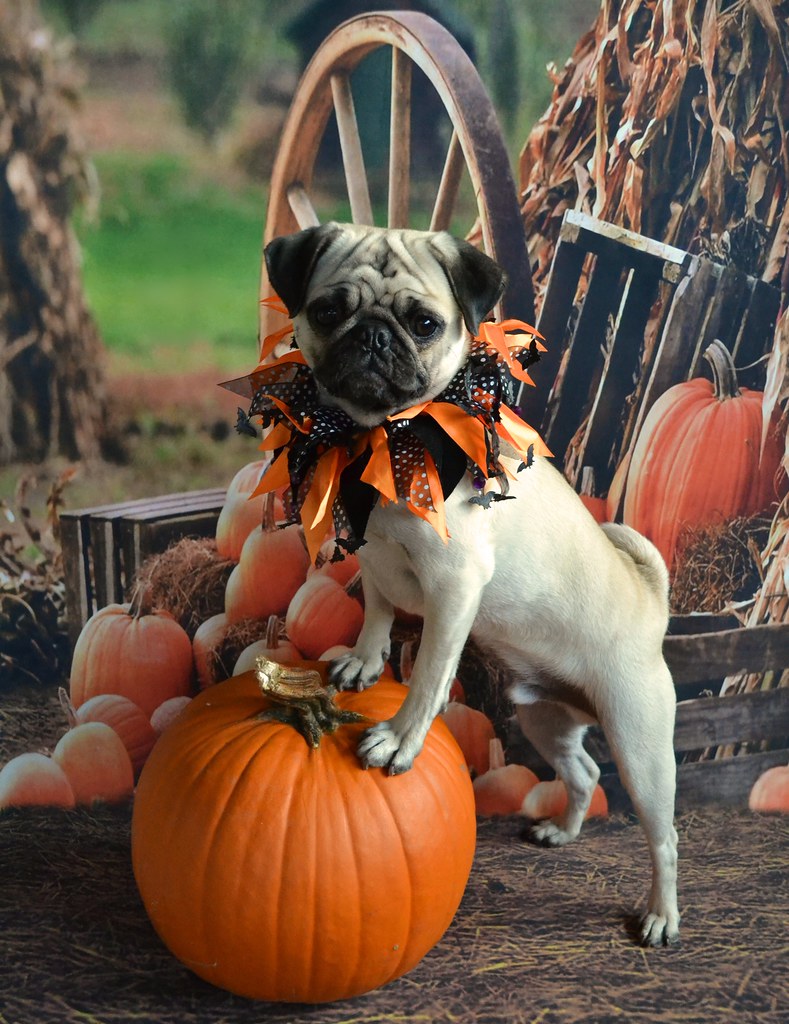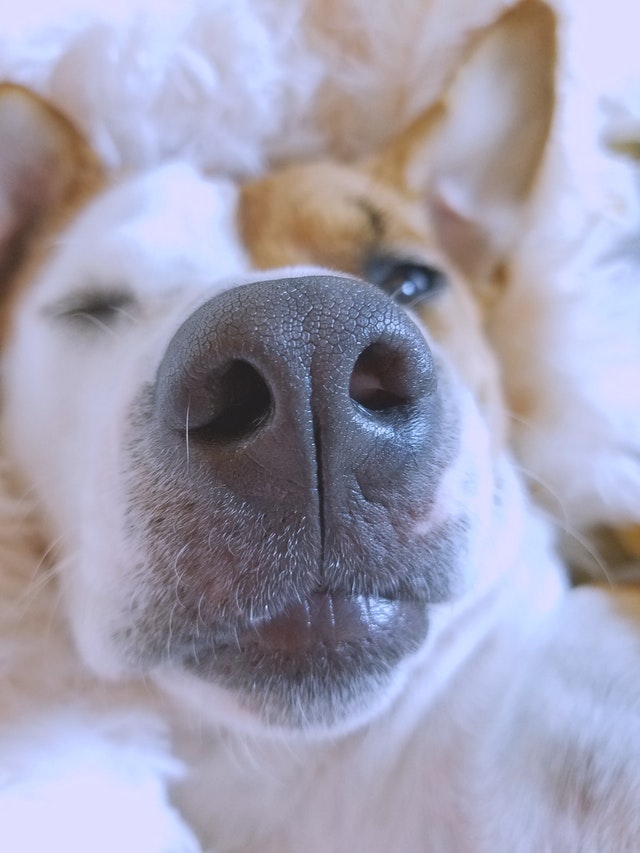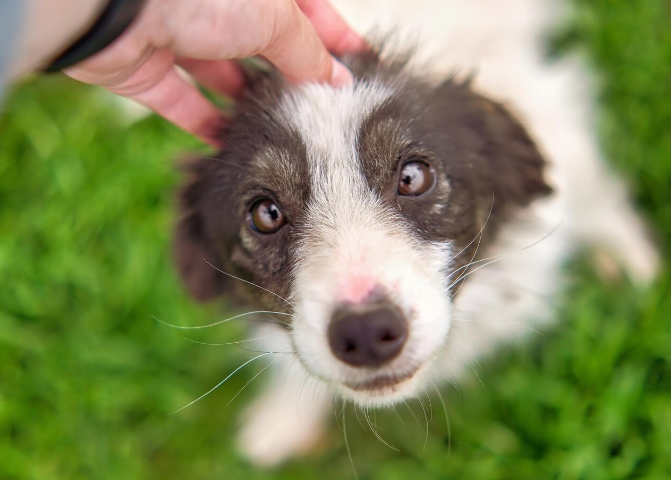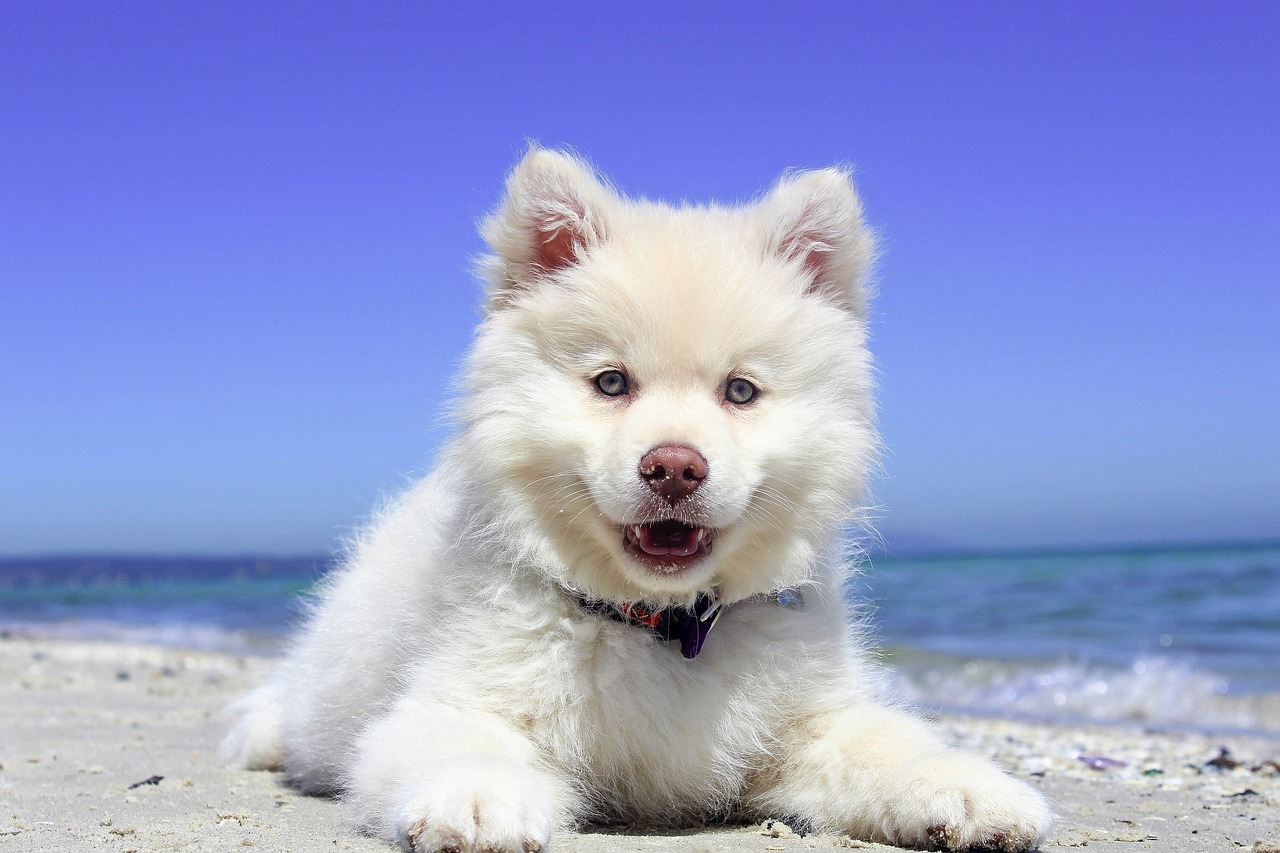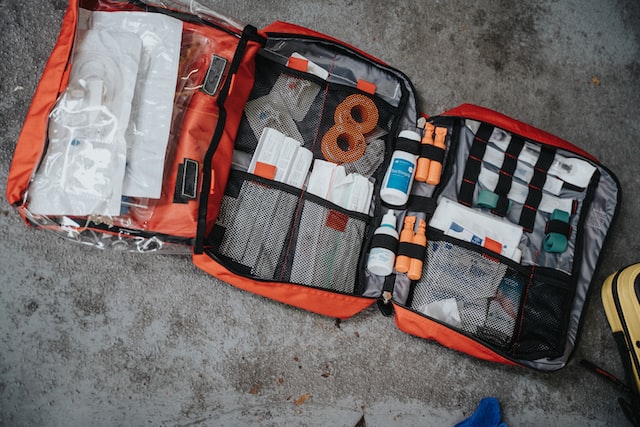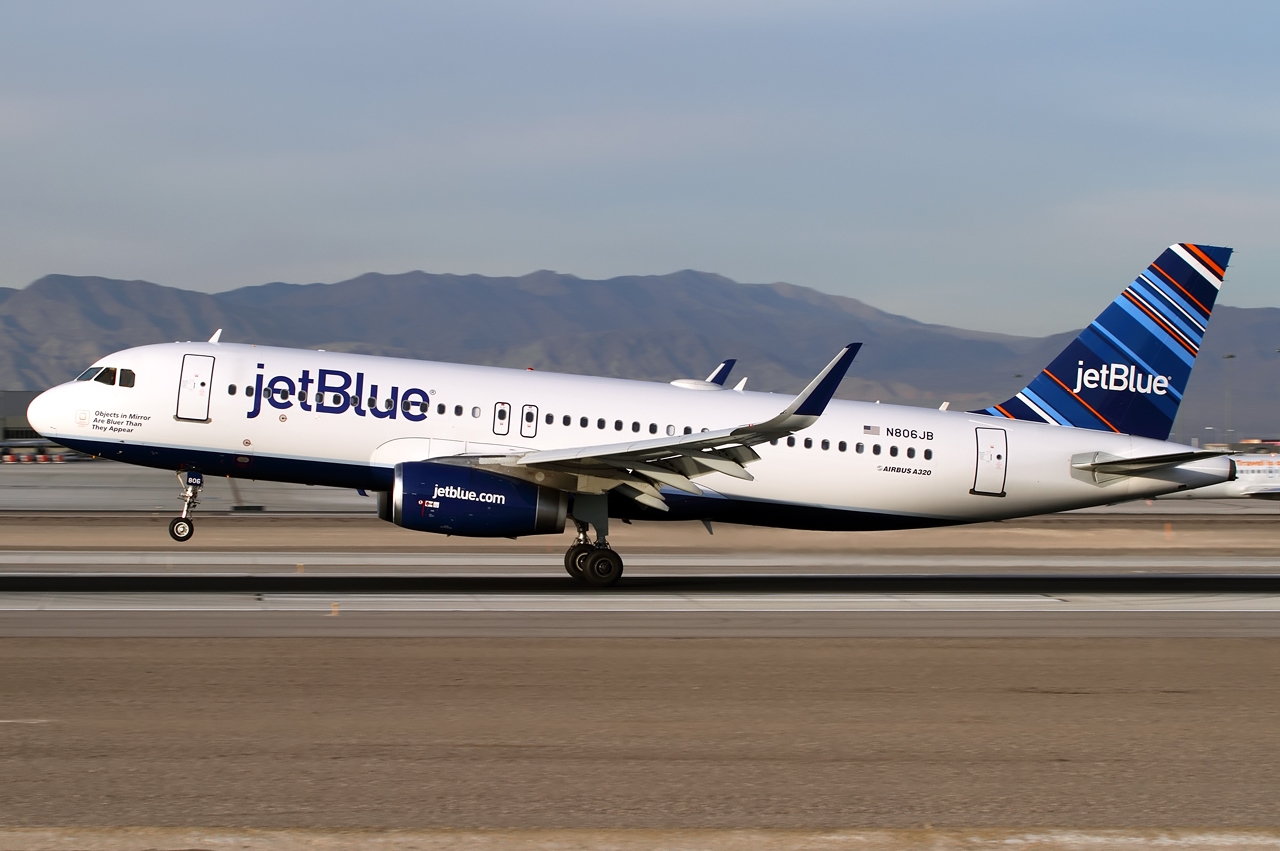
According the Americans with Disabilities Act (ADA) Service animals are dogs individually trained to perform specific tasks for the benefit of individuals with a mental or physical disability. The performed tasks must be directly related to this disability. The tasks that service dogs perform may vary based on their owner’s needs and may include but are not limited to: mobility/ balance tasks, guide tasks, retrieve tasks, psychiatric tasks like Deep Pressure Therapy and tactile stimulation. Regardless of the task type, that perform, service dogs have one thing in common- the feeling of safety and support, they build in their owners. Service dog owners feel much more confident and calm when accompanied by their loyal paw friends in public or onboard.
Visiting public premises and flying with a service animal may be stressful for the owners, as they want to ensure that they and their paw friends meet all requirements to be granted access to the cabin. Denying access to a service dog may cause tension and even panic attacks and anxiety episodes in some owners. Flying with a service animal is a process requiring preparation such as animal training (the most essential part), proper documentation, equipment (such as diapers, pee pads, and a kennel (in case that the owner decides to place their service dog in a kennel during the flight).
All handlers, who used to travel with their dogs as Emotional Support Animals are no longer able to do so, as airlines changed their regulations in the beginning of 2021. If you would like to find more information about the new airline regulations, you can check our article “New 2021 Rules and Restriction for Flying with Service Dogs (and ESA)”.
In today’s article we will take a look at the both service dog policy and pet policy (since ESAs are considered pets) of JetBlue- a major American low cost airline, that is also the seventh largest airline in North America based on the number of passengers carried.
Service Dog Policy of JetBlue
What to Know Prior to Traveling with JetBlue
If you are currently in a process of training your dog as a service animal, you should know that your paw friend will not be granted access to the aircraft, as JetBlue accepts only trained service animals. Service animals in training are not permitted for travel on JetBlue. All service animals must be under the control of their handler at the airport as well as onboard. Service animals are required to wear a leash, harness or any relevant gear to be tethered. Agents at the airport will evaluate the animal’s behavior in order to make sure that he/she is well-behaved and meets the safety requirements. Only after the animal passes the assessment by the airport agents, he/she will be granted access to the aircraft. Handlers need to consider the size of their service animal as well as the number of the service animals they will travel with. If you are going to travel with a large service animal or two service animals, please keep in mind that they must fit within the footprint of the purchased seat/seats. If the animal/animals do not fit under the footprint of the purchased seat/seats, an additional seat/seats may be purchased. Also, you can wait for another flight, where enough empty seats will be available. You should keep in mind, that animals are not allowed to occupy a seat. The airline requires service dog handlers to submit all the required documentation not later than 48 hours prior to departure. All animals must stay on the floor during the flight. The aircraft makes an exception only for the animals that are small enough to fit on their handler’s lap. If you want your service animal to travel on your lap, you should know that they must not touch any part of the seat, tray table or the passengers sitting nearby.
Owners traveling with their service animals are allowed to request assistance by JetBlue crew members, to and from the animal relief area.
Notices by JetBlue
Owners traveling with their service animals are required to fill out and submit a U.S. Department of Transportation Service Animal Air Transportation (DOT) Form. Please keep in mind that providing false or fraudulent information when filling out the DOT form to ensure disability accommodations under the United States Department of Transportation will be considered a Federal crime.
“Effective Jul 14 2021, the U.S. Centers for Disease Control and Prevention (CDC) will no longer permit dogs to travel to the U.S. from Colombia, Cuba, Dominican Republic, Ecuador, Guatemala, Guyana, Haiti and Peru, except for service dogs with advance written approval from the CDC that are flying into JFK only. To request advance written approval from CDC, follow the instructions at How to Apply for a CDC Dog Import Permit”.
Documentation You Will Be Required to Provide
You must submit the following documentation:
U.S. Department of Transportation Service Animal Air Transportation form.
You have to download the form, fill it out, and submit it. It is important to remember that documents are not kept on file and you have to upload a new form that dates on/after the date of purchase. This is valid for each reservation that service dog handlers book. As we stated above, the DOT form must be submitted a minimum of 48 hours prior to departure. Also, service dog handlers must be able to provide a crew member and/or Complaints Resolution Official with the required documentation upon request at all times when traveling with a service animal.
Additional Documentation That May Be Required at the Airport
Please keep in mind that the U.S. Virgin Islands and Puerto Rico require vaccination records of the animal in order to grant them access to the destination.
Owners must always have all the documentation required when accompanied by their service dog so that both the handler and the service animal can be granted access.
Owners must meet the documentation and vaccination requirements of the country of destination. International destinations have their own requirements that can be found on the United States Department of Agriculture (USDA) -Animal and Plant Health Inspection Service (APHIS) Pet Travel website.
Service Animals in Mint
Mint is a premium class service offered by JetBlye that provides luxury travel. Mint seats are long fully lie-flat seats available on select coast-to-coast, Caribbean and Latin America routes, as well as all flights to and from London.
If you are going to use JetBlue’s Mint service, you will be able to take your service animal with you. However, you should remember that animals are allowed on any seat except the seats on the emergency row. Also, the animal must not block the access to the aisle or any areas on the aircraft that passengers and crew members need to have free access to. This is required for safety reasons, in case of evacuation.
JetBlue indicates on their website that handlers will be unable to use the lie-flat feature of their seat in the Mint class, in order to ensure that their service animal will sit on the floor. Owners can use the lie-flat feature, if they can guarantee that their service animal will fully fit on their lap and will be out of reach on the seat. Also, animals whose size allows them to travel on their owner’s lap shall not touch the seat, tray table or the passengers sitting nearby. Please remember that if you travel with a large service animal or two service animals, they must not prevent nearby passengers from using the features of their seats. Service animals must be able to fit within the footprint of the purchased seat. As we mentioned above, if they are too large, handlers are allowed to purchase an additional seat or seats. If this is not possible, they can wait for the next flight where enough empty seats will be available.
Handlers must have their service animal under control at all times both at the airport and in the aircraft and make sure that they wear a harness, a leash or are otherwise tethered.
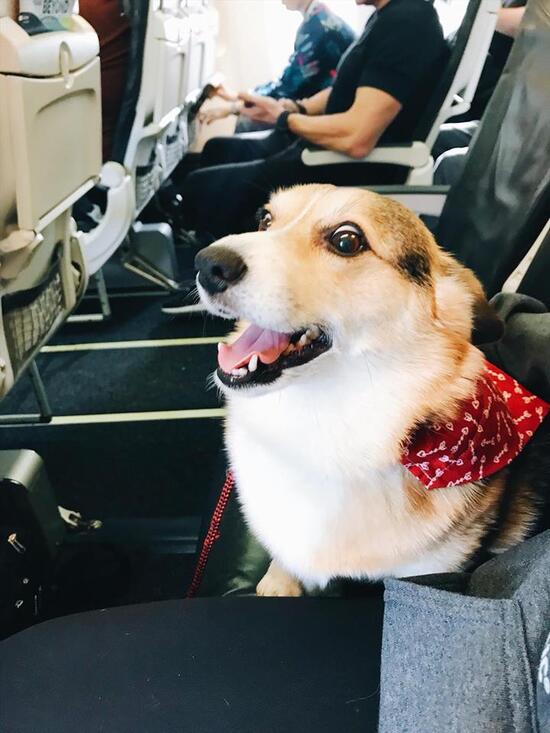
Emotional Support Animals on JetBlue
Since Emotional Support Animals (ESA) are no longer considered service animals, they do not have the same privileges that service dogs have. They can travel onboard only as pets. If you have an Emotional Support Animal and would like to travel with them via JetBlue, you will need to check their Pet Policy.
JetBlue complies with the Centers for Disease Control (CDC) guidelines and does not accept dogs on their aircraft for flights from/to Colombia, Cuba, Dominican Republic, Ecuador, Guatemala, Guyana, Haiti, and Peru. Dogs and cats are not allowed onboard for flights to Barbados and Trinidad & Tobago or to/from London.
Same as service dog handlers pet owners must be familiar with the documentation and vaccination requirements of the country of destination. If pet owners intend to entry the US, they must be aware of the requirements of the country of origin. These may vary. If pet owners do not meet the entry requirements, difficulties may occur or even entry may be denied.
JetBlue specifies that puppies must be at least 16 weeks/4 months old to be able to enter the US. In regard to the puppy vaccination, JetBlue requires puppies to be vaccinated for rabies at least a month before traveling. The airline points out the website of Centers for Disease Control and Prevention for more detailed information in regard to dog rabies vaccination. After the owners enter the US they may be required to show a certificate as proof of rabies vaccination. It must be valid for the duration of the stay and must include the following information:
“name and address of owner, dog’s breed, sex, date of birth, color, markings, microchip number, date of rabies vaccination, vaccine product info and expiration date, date the vaccination expires, and the name, license number, address and signature of veterinarian who administered the vaccination”.
For owners who intend to travel with their pet in a kennel, it is important to know, that the kennel and the pet itself will be considered one item and that must be able to fit under the seat in front of the owner. Kennels must meet specific requirements to be allowed onboard: they must not exceed 17 inch
in length, 12,5 inch in width and 8,5 inch in height. The weight of the kennel and the pet combined must not exceed 20 pounds. Owners may place only one pet in a carrier. It must be spacious enough so that the pet feels comfortable when turning around in a closed carrier. Pets must not go outside the carrier while at the airport and in the aircraft. The airline specifies that owners are not allowed to bring carry-on bags, but a personal item in addition to the pet kennel may be brought.
If you are going to fly with your pet, you will need to book them first. You may ask how exactly to do that.
How to Book Your Pet
JetBlue allows small dogs and cats to travel in the cabin in a kennel that is approved by the Federal Aviation Administration (FAA) and fits under the seat in front of the owner. Owners can book their pets via the airline website: jetblue.com, their application or call them directly.
Are There Pet Fees
Yes, since pets are not service animals, fees will be applied. The applicable pet fee is $125 (each way). During the process of booking this fee can be added to the “Extras” section.
Number of Pets
Owners are allowed to bring a maximum of 2 pets, each of them must be in a separate kennel. If you would like to take a second pet, you must be prepared to book a second seat and pay a second pet fee. The maximum number of pets allowed on a flight is 6. JetBlue recommends that owners book their flights earlier, in order to ensure that they will be able to bring their pets.
Restricted Areas for Pets
JetBlue does not allow pets in the Mint class. Also, the airline does not allow pets on interline/codeshare bookings, regardless of the booking source. Owners are recommended to sit in an aisle or a window seat and should know that the following options will not be available for them:
-an exit row;
-bulkhead seat;
-seats restricted for under-seat stowage.
If you are a member of TrueBlue, you will be happy to know that you will earn 300 points per segment if you add a pet to your reservation.
You already know what steps you need to take to book your pet. You may wonder what to expect at the airport.
With a Pet at the Airport
You should have already paid for your pet and received an SSR code. Checking-in may follow 24 hour prior to departure and can be done via the application of JetBlue or at a booth at the airport. After you check in, you need to receive a special “JetPaws” bag tag that will be fastened to the pet kennel. This tag can be acquired at a full-service counter or provided by a crew member in the self-service lobby. This tag indicates that the pet is ready to travel.
As a next step you need to go to the security checkpoint. You must take your pet outside the carrier, so that x-ray check of the carrier can be conducted. You can carry your pet or walk them. JetBlue permits pets in the Transportation Security Administration (TSA) Pre✓ line with approved passengers. As we mentioned above, the pet together with the carrier will be considered one personal item. Your pet will not be allowed to go outside the carrier neither at the airport nor in the aircraft. Owners are allowed to hold the carrier on their lap or on an additional seat that they have purchased except during:
-taxi;
-takeoff;
-landing,
- when the carrier must be placed under the seat in front of them.
Owners are allowed to have pet strollers, as they will be deemed assistance devices and can be checked at ticket counters free of charge, as well as at the arrival gate or baggage carousel at the country of destination. Some airports such as JetBlue’s T5 at JFK, have post-security relief areas for pets. If the airport does not have such areas, owners need to exit the airport and then go through security again in case that their pets need a potty break.
Pet owners flying outside the US with a pet that is older than 12 weeks of age, will be required to provide a certificate as proof of rabies vaccination. The certificate must include the following information: “breed, sex, age, color, markings), a vaccination date no less than 30 days before arrival, the vaccination expiration date (if not shown, the date of vaccination must be within 12 months of date of entry) and the signature of a licensed veterinarian.”
We would recommend that pet owners and service dog handlers check carefully the pet/service dog policy of the airline they are going to travel through and contact them prior to departure.




